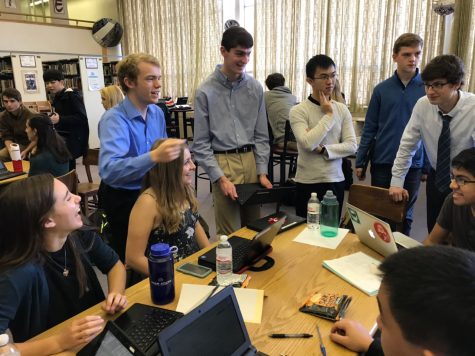How is the Temporary Shutdown of Schools Affecting Students and Teachers?
A screenshot of a Google Meet waiting room. All State High students are expected to learn through Google Meet until Jan. 11.
January 10, 2021
As U.S. COVID-19 cases continue to rise, schools are shutting down across the country. The State College Area School District is to be temporarily closed until Jan. 11, just a week before the third marking period. But how is the sudden temporary shutdown of the schools affecting our staff and students?
This time can be awfully stressful for many students and teachers. Since SCASD is now 100% remote, many students have continued to adapt to the new way of learning. Delta freshman Raquel Rodrigues Landrau claimed that remote learning can oftentimes feel like a burden.
“Adapting to being a completely remote student has been tough for I think all of us,” Landrau said. “This style of learning is something that we have had to get used to this year, and it’s a lot more responsibility than it was before this pandemic happened. Not only are we required to learn and do everything from home, we are expected to achieve the same good grades, even though learning this year has been harder.”
Students are not the only ones who have had to adapt their ways to thrive in remote learning. State High faculty are also trying to be more flexible by changing their teaching methods. Freshman English teacher Danielle Ambrosia is among those who had to change their teaching methods.
“Personally, a way I’ve had to adapt was by stopping homework this year, which was a tough decision to make because I teach an advanced class,” Ambrosia said. “I have also shortened my classes so I’m not just talking to my students for 90 minutes straight, and instead, providing them with the information that’s essential.”
Ambrosia cut down homework for her class because she recognized that students already had their hands full with navigating the virtual learning format. Seeing that her students already had many responsibilities, she made the final decision of creating a no-homework policy.
“We can’t just re-do everything the way it’s always been done,” Ambrosia said. “That’s not the answer this year.”
Several challenges arise for both students and teachers when remote. Many students claim that because of the new schedule this year, school can get very repetitive. Additionally, because of the new schedule, students are expected to turn in assignments on the day that it’s given, which can be overwhelming for many.
“Doing the same classes every single day is honestly pretty exhausting,” Landrau said. “I hate how we have to turn in assignments the day that it’s given instead of having to turn it in every other day like we normally would. It almost feels as if each day is the same, and it gets too repetitive.”
As mentioned previously, teachers have also faced numerous challenges since online school is a new concept to them as well.
“Remote learning is something none of us teachers have ever done. Because of my situation with two children that are very young, it can get challenging to not feel like I’m disrespecting my students when they might need my attention,” Ambrosia said.
With remote learning, many students find that it’s easy to feel disconnected from the rest of the classroom.
“It’s gotten to the point where it’s difficult to have even simple conversations,” sophomore Kalli Paul said. “The classroom can feel disconnected because there [are] barely any social interactions”.
Several problems can arise for students who feel as though they can’t connect with the rest of the class. In the academic sense, students have found that asking questions when learning fully remote can be challenging, and in the social sense, many have noted that getting to know classmates virtually isn’t an easy task.
“It’s hard to ask questions when I’m confused about something, especially if the teachers are still talking because I don’t want to feel like I’m interrupting the whole class,” Landrau said. “And it’s not like I can ask others in my class because I don’t know them, and I don’t think as a remote student, I’ll ever get to know them.”
Fully remote learning and teaching is tough for many. The challenges and extra responsibilities are unique to this year and will take a while to get used to.
“I feel that students being in school is very important for their overall success, which is why we are always talking about how we can get students in school safely while also giving students the option of staying remote,” Ambrosia said.
Whether it’s facing their own individual challenges or feeling disconnected, every student and staff member has been affected this year. However, to ensure their safety, the district will continue with the fully remote model until Jan. 11.

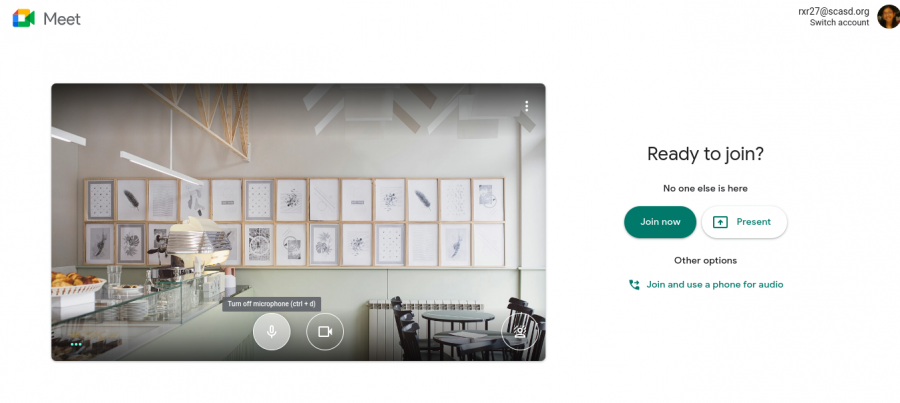

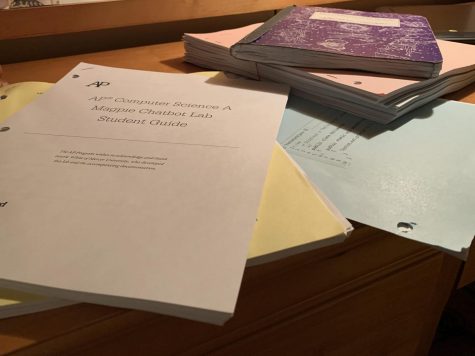
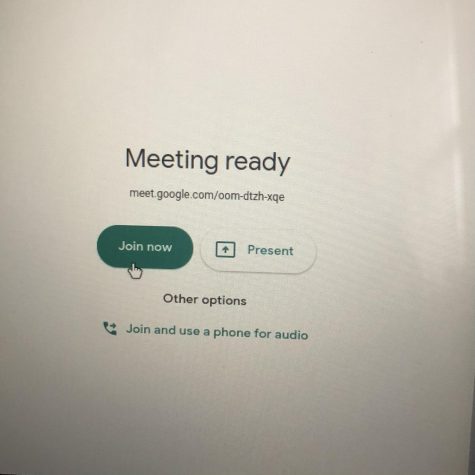
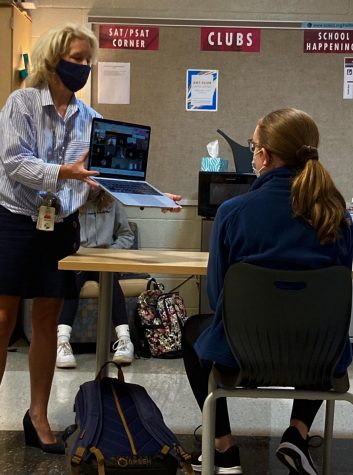
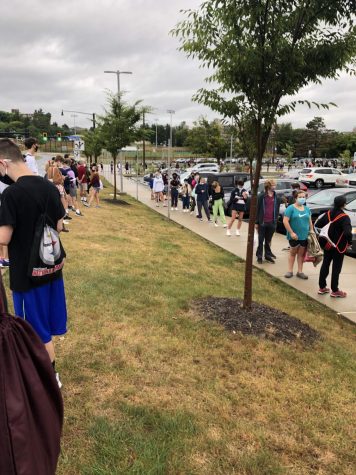
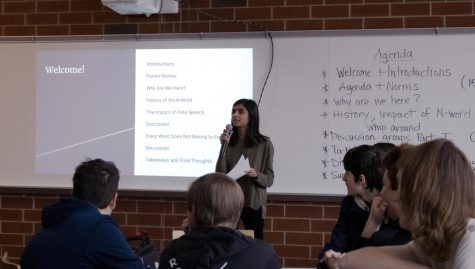
![Mary Miyamoto, freshman, works in her structured study hall with Mr. Kimbro. A mixed structure, Miyamoto is able to use her phone after keeping up her grades for the first marking period. “[Structured study hall] is crucial for keeping [ninth graders] in school. And when I say that it means we don’t want to lose any ninth graders [before] graduation. So we need to make sure that they know how to stay organized, how to study, how to take good notes, how to be a good citizen in this place of State College Area High School,” Mrs. Tobias, Freshman Principal, said.](https://lionsdigest1.com/wp-content/uploads/2019/11/IMG_7802-475x356.jpg)

